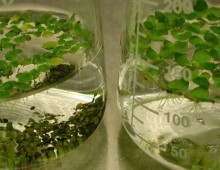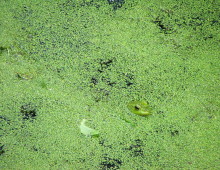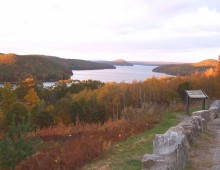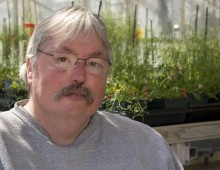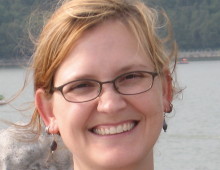Biofuels from a floating water weed
The recently sequenced genome of Spirodela polyrhiza showcases why the plant makes an excellent raw source for biofuels. The Science: Duckweed is one of the smallest and fastest-growing flowering plants that can be a hard-to-control weed in ponds and small lakes. Sequencing the genome of Greater Duckweed (Spirodela polyrhiza) has provides clues about how the tiny… [Read More]
